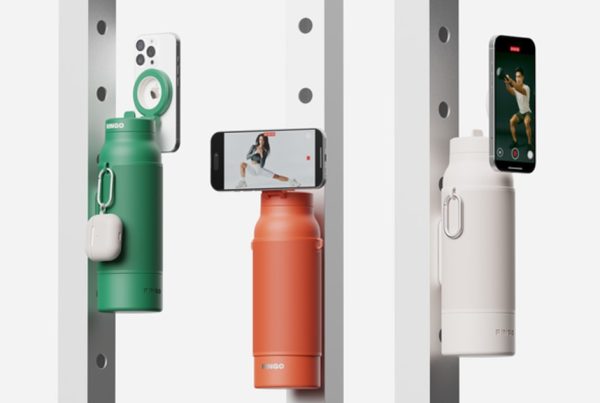Why should we back?
Intro
Welcome to KickstartNew! Today I’m introducing a standout campaign that may catch your attention: the Sound Blaster Re:Imagine — a modular audio hub with AI capabilities. This device reimagines how audio gear can work by combining high‑fidelity inputs/outputs, a customizable hardware layout, and smart features. It’s aimed at creators, gamers, audiophiles and those who want more than a standard DAC or sound interface.

Why should I back this project?
-
Modular design lets you swap buttons, knobs, sliders and modules so you tailor the interface to your workflow.
-
High‑end audio specs: it supports hi‑res playback and passes through studio‑grade I/O, meaning better sound quality potential.
-
Stand‑alone and connected modes: It can act both as a hub for your gear and as a self‑contained device with its own computing capability.
-
Creative expansion possibilities: With root access and module support, you can adapt and customize the system beyond what standard gear offers.

What are the potential drawbacks you should consider when you back it?
-
Price and value trade‑off: Early bird pricing is attractive, but the full retail cost and module add‑ons could push total spend much higher.
-
Development and delivery risk: As with all crowdfunding, timelines could slip, features may change, or module availability may be delayed.
-
Niche appeal: This product is quite specialized; if you only need a simple audio interface, you may never use many of its advanced features.
-
Complexity vs simplicity: High customizability often comes with a learning curve—if you’re after plug‑and‑play ease, this might demand more setup and tinkering.

The reliability of the project
-
Established brand heritage: The project is backed by a known player in audio hardware, which boosts credibility in design and manufacturing potential.
-
Detailed spec disclosures: The campaign and media reports list clear specifications (modular slots, DAC support, connectivity options), showing transparency.
-
Early community and media coverage: The device has already reached early funding goals and attracted press attention, suggesting interest and viability.
-
Crowdfunding caveats remain: Even with a reputable team, manufacturing, logistics, quality assurance and software customization are still subject to risk. Backers should monitor updates and timelines accordingly.




